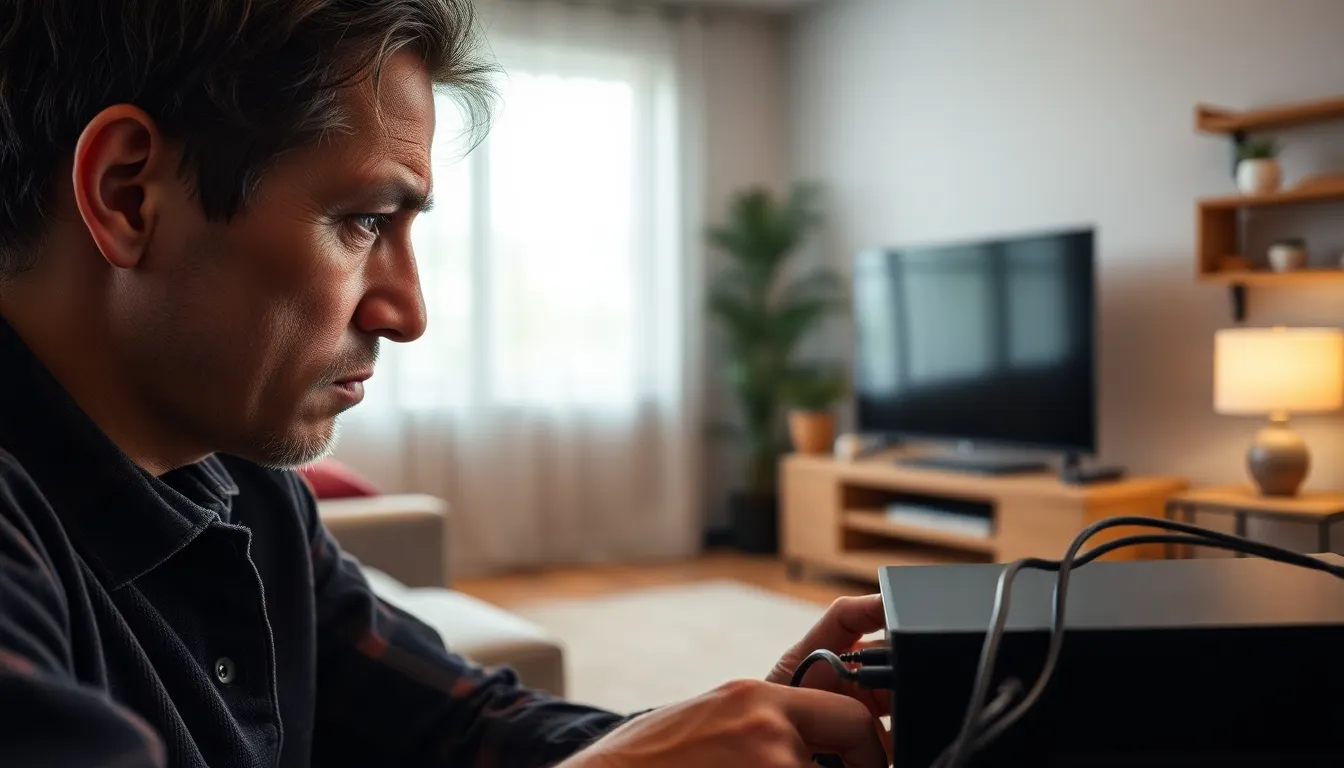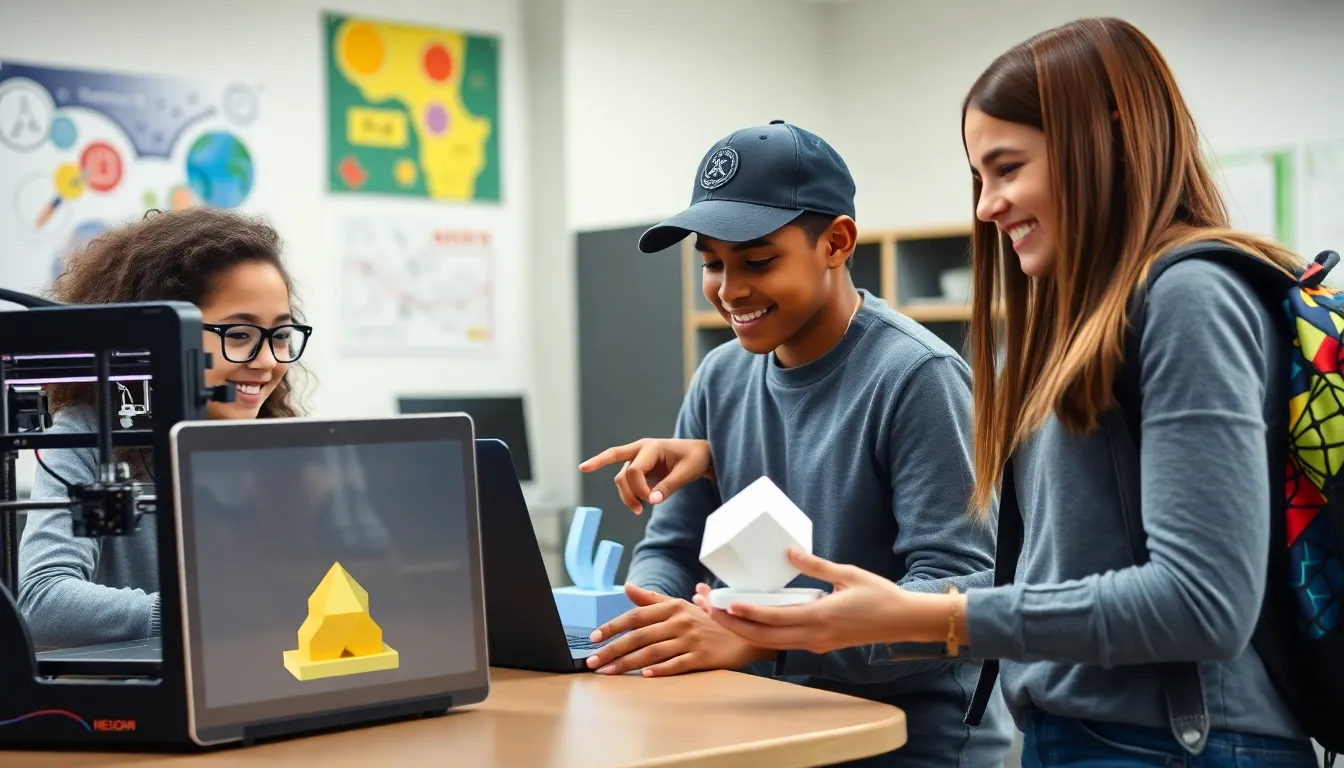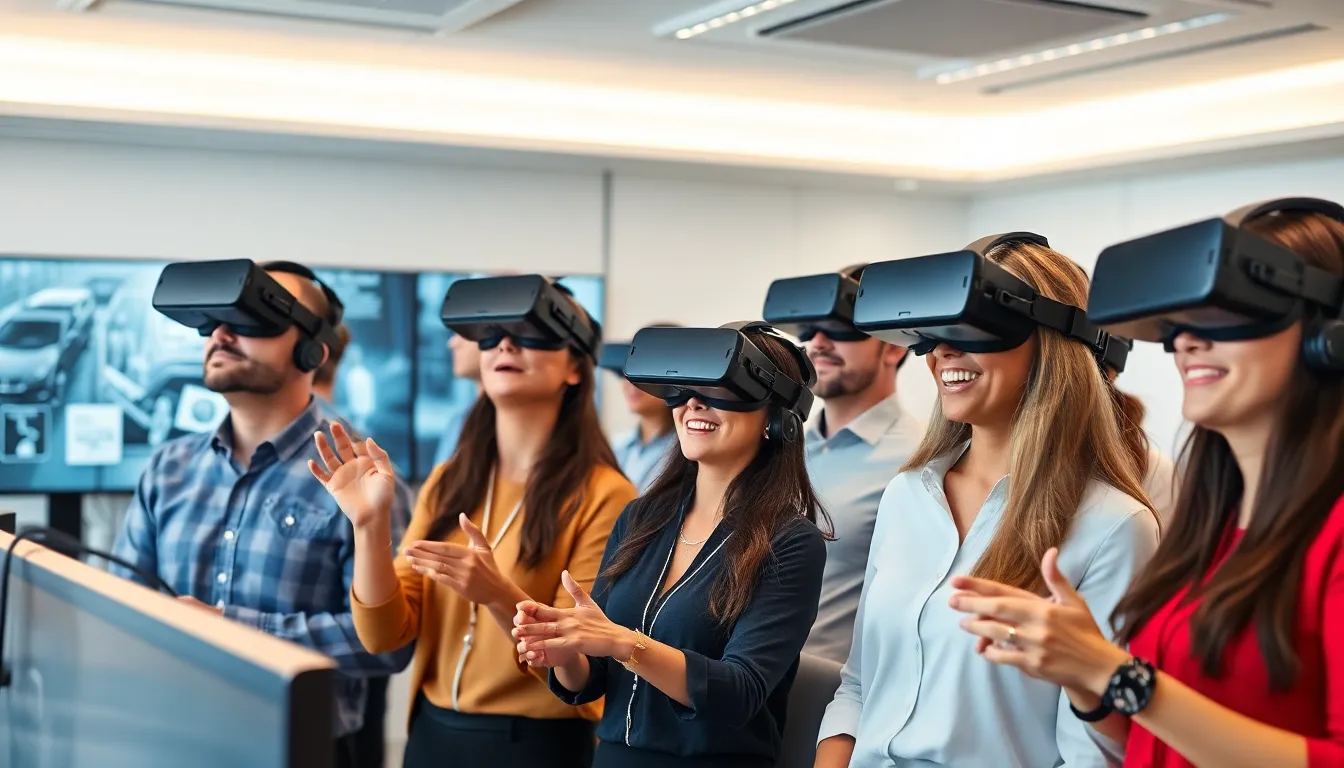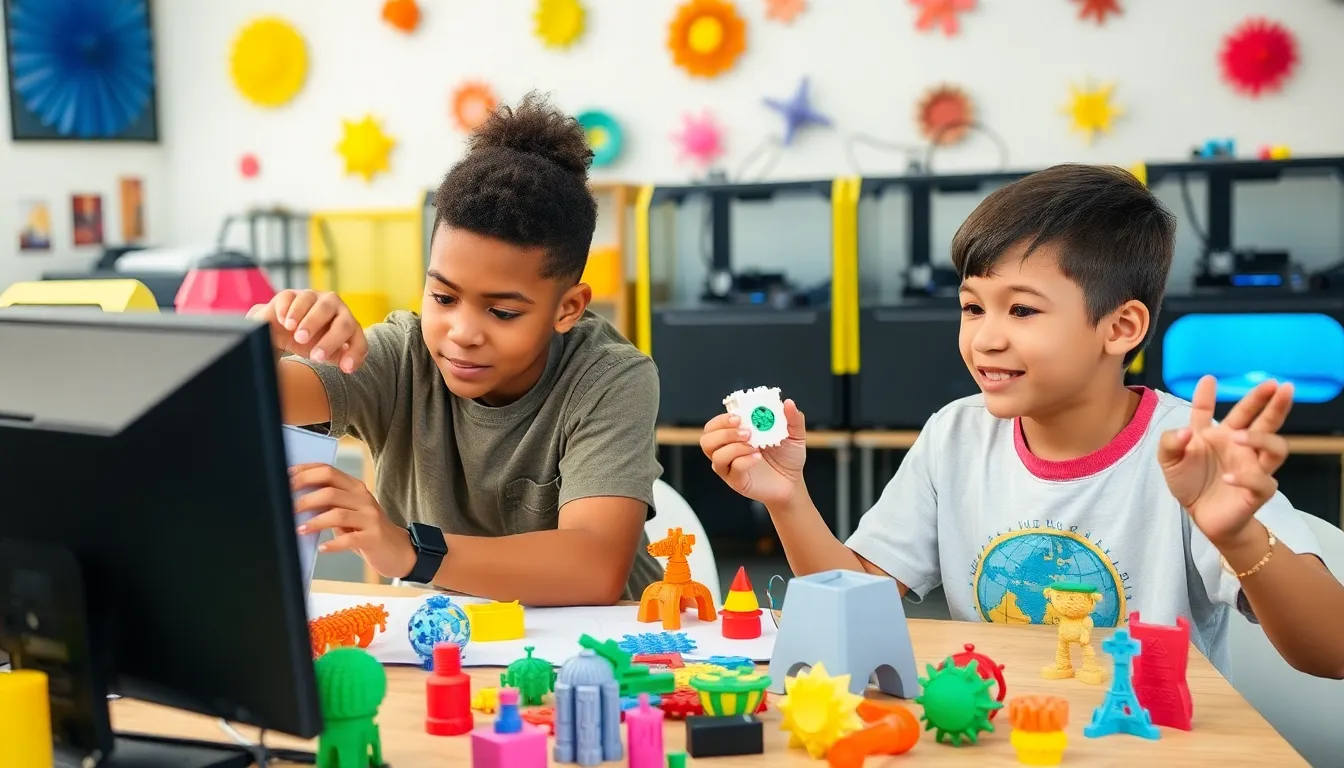Video issues can be incredibly frustrating, whether it’s during an important meeting or while enjoying a favorite show. When the screen freezes or the audio cuts out, it disrupts the experience and can leave anyone feeling helpless. Fortunately, many common video problems have straightforward solutions that anyone can tackle.
Understanding the root causes of these issues is the first step toward a smoother viewing experience. From connectivity hiccups to software glitches, identifying the problem can make all the difference. This guide will explore practical troubleshooting tips to help anyone get back to enjoying seamless video playback in no time.
Table of Contents
ToggleCommon Video Issues
Video issues can significantly disrupt experiences, leading to frustrated users. Identifying and rectifying these common problems is crucial for seamless viewing.
Playback Problems
Playback problems may include video stuttering, freezing, and buffering. These issues often arise from poor internet connections, inadequate device specifications, or background applications consuming bandwidth.
- Check Internet Speed: Ensure at least 5 Mbps for standard definition and 25 Mbps for high definition streaming. Use online speed tests to verify.
- Restart Router: Rebooting the router can refresh the connection and resolve temporary glitches.
- Close Background Applications: Close any applications that may be consuming bandwidth, including downloads and streaming services.
- Update Media Player: Ensure the media player is updated to the latest version to eliminate compatibility issues.
Quality Issues
Quality issues can manifest as pixelation, discoloration, or low resolution. Such problems typically stem from bandwidth limitations, hardware limitations, or encoding errors.
- Adjust Video Quality Settings: Lower video quality settings in the media player to accommodate a slower connection.
- Check HDMI Connections: Ensure cables are firmly connected and undamaged, as faulty cables impact video quality.
- Utilize Hardware Acceleration: Enable hardware acceleration in video settings to optimize performance on capable devices.
- Verify Display Settings: Confirm that monitor settings align with the optimal resolution specifications for connected devices.
Troubleshooting Techniques

Effective troubleshooting techniques address video issues directly. Here are essential steps to resolve common problems.
Check Your Connections
Check all physical connections to ensure proper setup. Verify that cables, such as HDMI or USB, are securely connected to both the device and display. Inspect for damages or loose connections that could disrupt signal transmission. Examine the power supply and ensure all devices are turned on. If using a wireless connection, confirm that the device is connected to the correct Wi-Fi network and that the signal is strong.
Update Software and Drivers
Update the media player and any relevant software to enhance compatibility with video formats. Regularly check for operating system updates, as these often include essential patches. Update graphics drivers, too, as outdated drivers can lead to display issues like lagging or poor resolution. Install any firmware updates for connected devices, such as smart TVs or streaming boxes, to benefit from the latest features and improvements.
Device-Specific Solutions
Resolving video issues often depends on the device in use. Different devices may require unique troubleshooting steps to effectively address problems.
Desktop and Laptop
Common issues on desktops and laptops include video playback stuttering, audio distortions, or displays not working properly. To troubleshoot these problems:
- Check system requirements: Ensure the device meets the minimum specifications for the media being played.
- Update graphics drivers: Regular updates to graphics drivers can resolve compatibility and performance issues.
- Adjust display settings: Navigate to display settings to verify the resolution matches the monitor’s capability.
- Close background applications: Close unnecessary applications to free up system resources that may hinder video performance.
- Run hardware diagnostics: Use built-in tools to diagnose hardware issues that may impact video playback.
Mobile Devices
- Check network connection: Ensure a strong Wi-Fi or cell signal to avoid buffering.
- Adjust video quality settings: Lower video quality in streaming apps to improve performance on slower connections.
- Clear cache: Regularly clear the cache of video apps to free up storage and improve functionality.
- Reinstall apps: Uninstall and reinstall problematic video apps to eliminate potential software glitches.
- Disable battery-saving modes: Turn off battery optimization settings that may limit background processes affecting video playback.
Additional Tools and Resources
Utilizing the right tools and resources can significantly enhance the troubleshooting process for video issues. This section outlines key diagnostic software and online support options available to users.
Diagnostic Software
Diagnostic software helps identify and resolve video playback problems effectively. Tools like Speccy provide detailed system information, revealing hardware specifications that impact video performance. Speedtest by Ookla measures internet speed and latency, determining whether bandwidth meets streaming requirements.
GPU-Z offers insights into graphics card performance and can identify driver issues that may cause video glitches. Windows Task Manager and Activity Monitor on macOS allow users to monitor resource usage, revealing which applications may be consuming bandwidth or system resources unnecessarily. Using these tools aids in pinpointing the source of video issues.
Online Forums and Support
Online forums present valuable platforms for troubleshooting expertise and community support. Websites like Reddit and Tech Support Guy host dedicated threads for specific video-related problems where users can share experiences and solutions.
Manufacturer support pages, such as those for Dell, HP, or Apple, provide documentation and updates tailored to specific devices, ensuring users receive accurate advice. Additionally, platforms like YouTube offer video tutorials that visually demonstrate fixes for common video problems. Engaging with these resources enhances the troubleshooting process and builds confidence in resolving video issues.
Resolving video issues doesn’t have to be a daunting task. By understanding the underlying causes and implementing the suggested troubleshooting techniques, anyone can enhance their viewing experience. Whether it’s checking connections or updating software, taking proactive steps can make a significant difference.
Utilizing diagnostic tools and engaging with online communities can further streamline the process. With the right approach and resources, users can tackle video problems effectively and enjoy seamless playback. Embracing these strategies not only alleviates frustration but also empowers individuals to take control of their video experiences.






